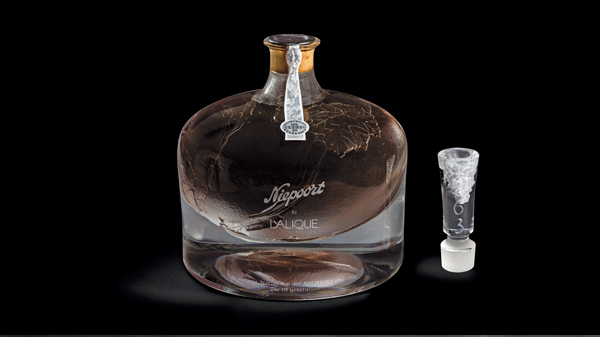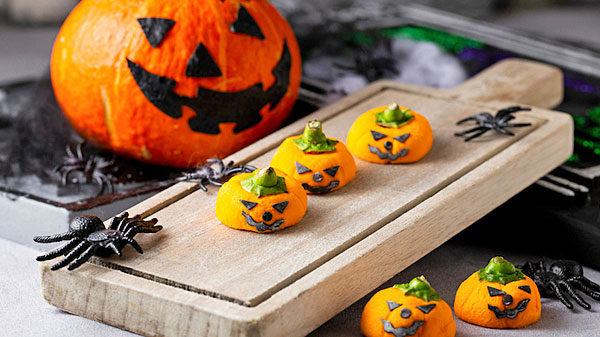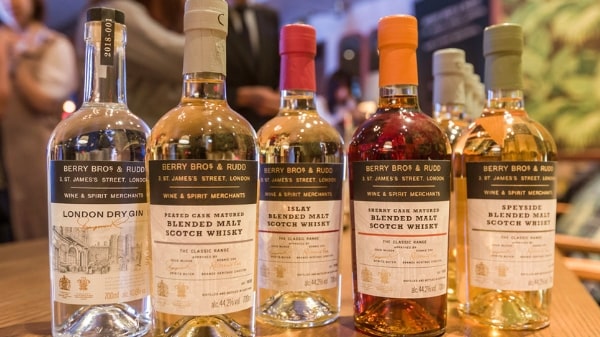Nestled between a British and a Chinese restaurant by Aqua Restaurant Group at historic Tai Kwun is an eclectic little bar somewhat cheekily named The Dispensary. Here however, instead of foul-tasting medicines handed over the counter by some jaded pharmacist, bartenders weave magic with beautiful bevvies, coming up with the most beautifully curated cocktails, a sip of which is guaranteed to dispel all woes, bodily or otherwise.

Stepping into The Dispensary, it’d take a few seconds for your eyes to adjust to the soothing darkness, but once you’ve adjusted, you’d be forgiven if you thought you’d stepped into a lost era. Full of colonial touches – from the furniture to the marble floor patterns – the bar seems not only to hark back at a colonial past but to also own it completely, flaunting it through its decor as well as its drinks.

Indeed, under the British collection of the signature drinks, each cocktail – all of which has been crafted using British ingredients – tell a unique story of the erstwhile empire. Thus the 1997 Punch – featuring Johnnie Walker Black Label blended with passion fruit, chestnut syrup, lemon juice, egg white and soda water – tips its hat to Britain’s last year of rule in Hong Kong, while The Crown, another signature cocktail comprising Tanqueray Gin with Campari, lemon juice, rhubarb cordial and carrot juice is apparently inspired by the Queen’s love for carrot juice.

While The Dispensary is indeed steeped in colonial hangover, it has however not forsaken its Chinese roots, with the Chinese collection of cocktails being equally well endowed. Taking inspiration from traditional Chinese herbs, head mixologist Isabella Vannoni has created a series that is at once enriched and enticing. On offer are such jewels as the Mango Tree – a bellini with Kamm & Sons, mango puree and almond syrup topped with prosecco – which pays homage to a 60-year-old mango tree that stands within the grounds of the old Central Police Station to this very day. Another drink most likely to be a hit with Hongkongers is the Dan Tat, a re-imagined version of Hong Kong’s favourite egg tart that features pineapple rum shaken with a milk-infused egg tart and cream soda cordial finished with lemon and nutmeg.

So whether you’d want to explore Chinese aromas or opt for a colonial cocktail, this historic address at the Old Police Headquarters building may just be the place to satiate your thirst for both tipples and tradition. Cheers!
The Dispensary
Police Headquarters, Tai Kwun, 10 Hollywood Rd, Central, Hong Kong
T: 2848 3000 | www.aqua.com.hk
Text: Suchetana Mukhopadhyay











































